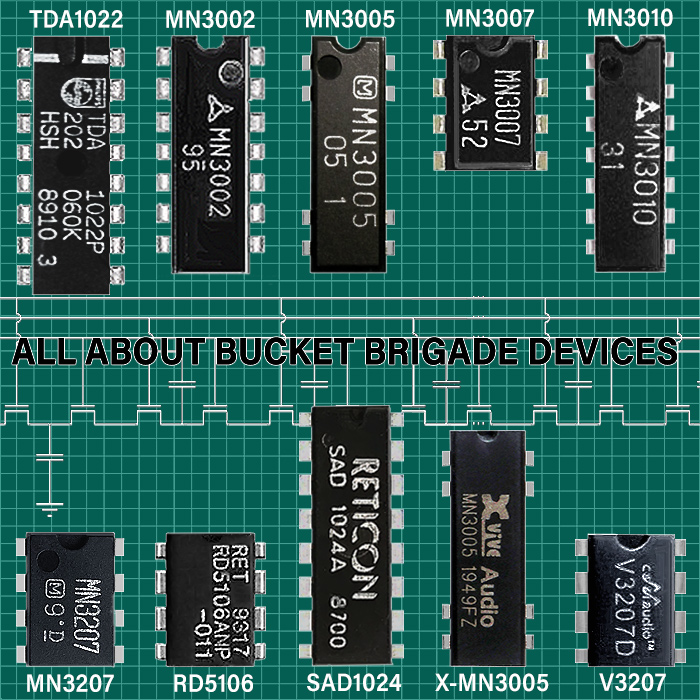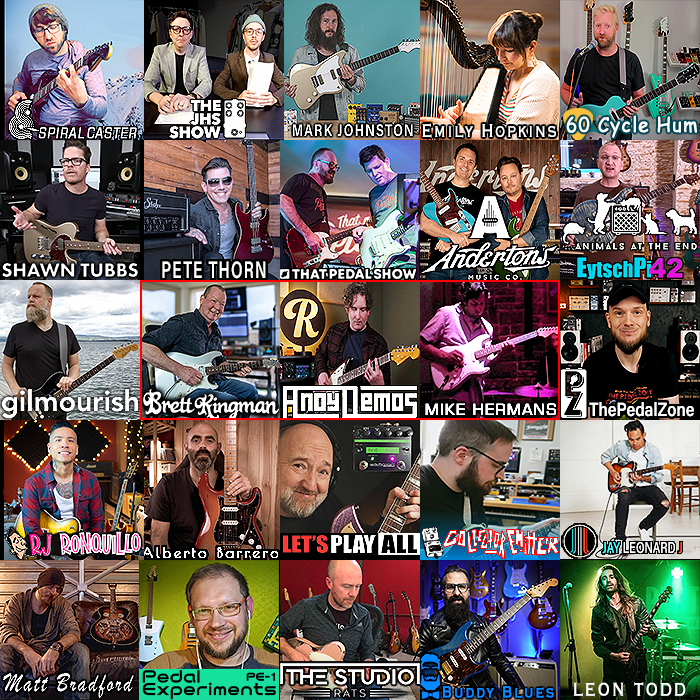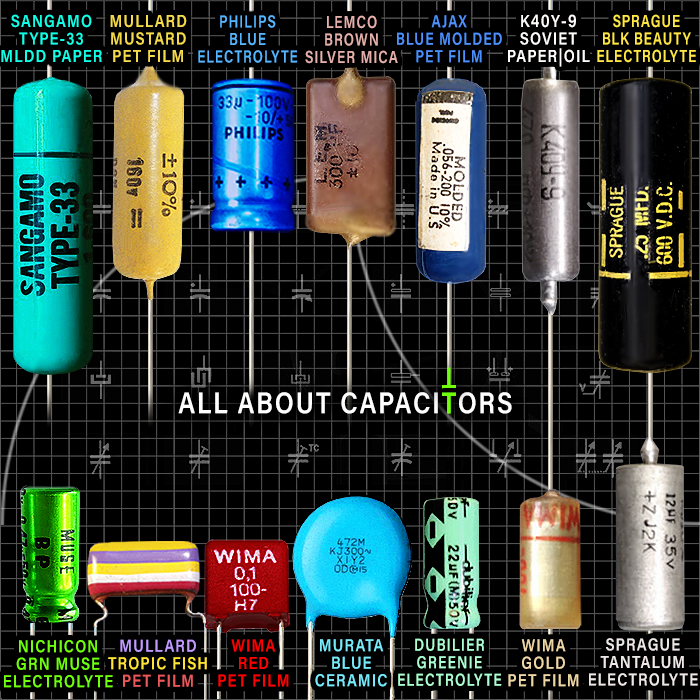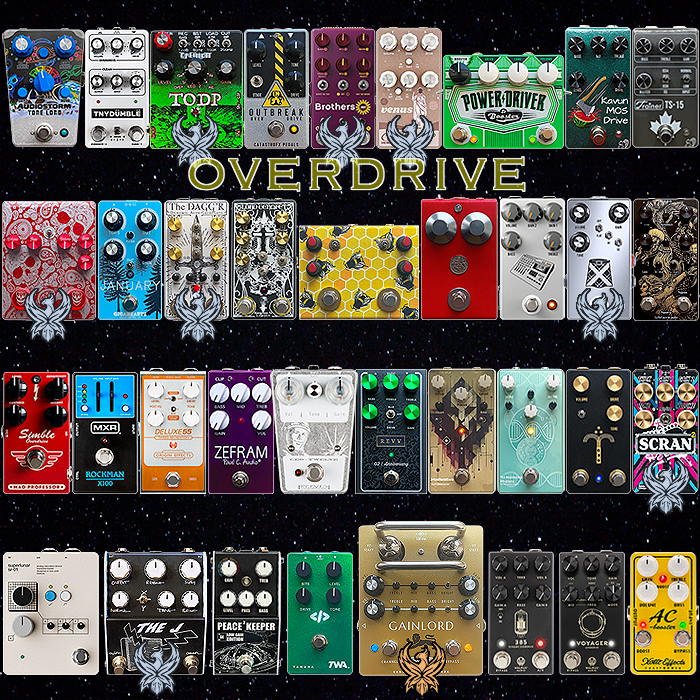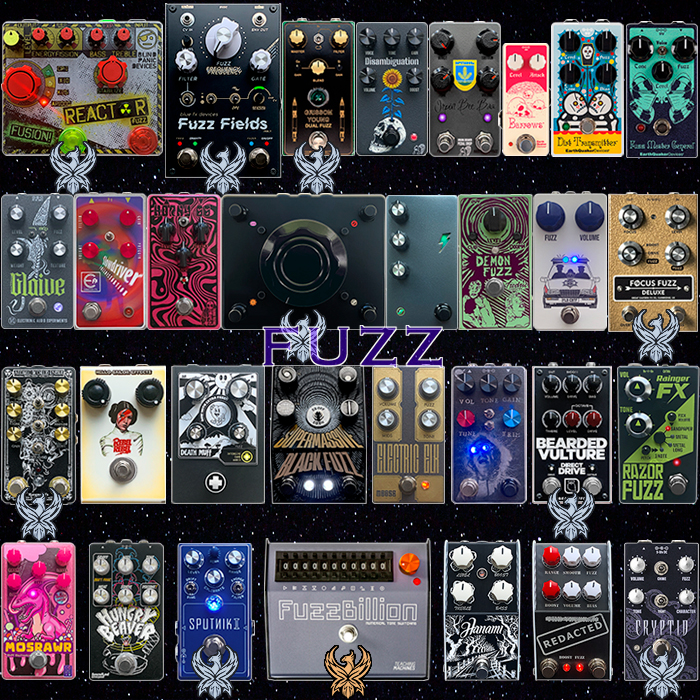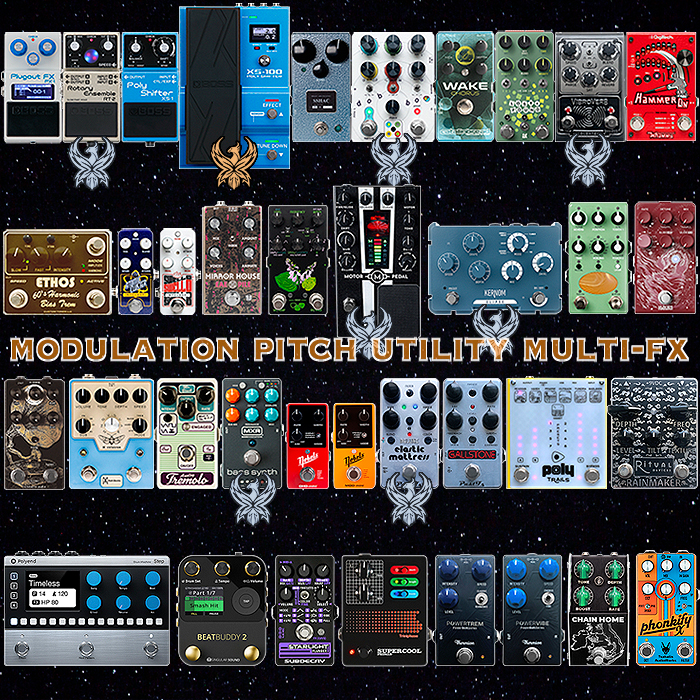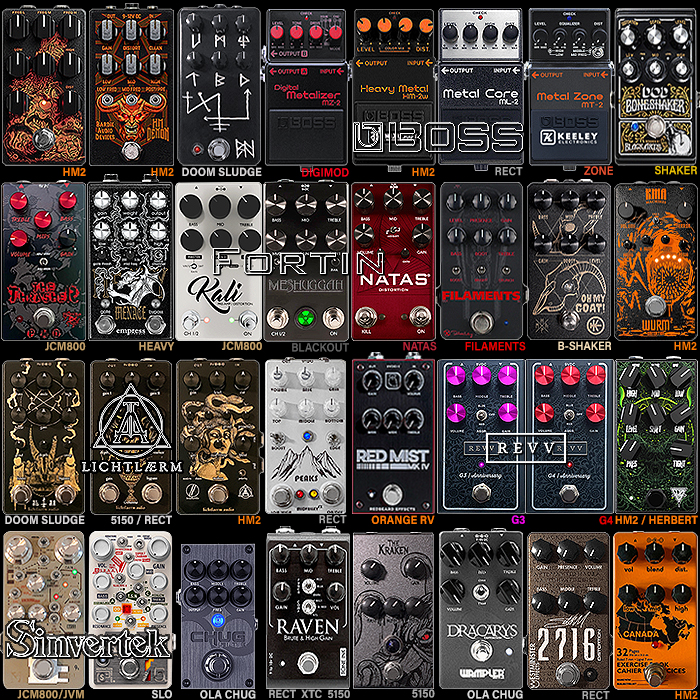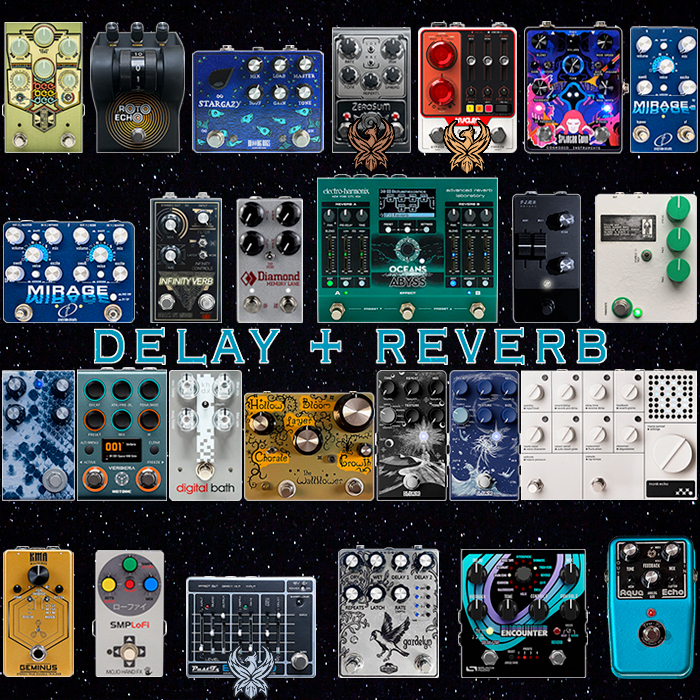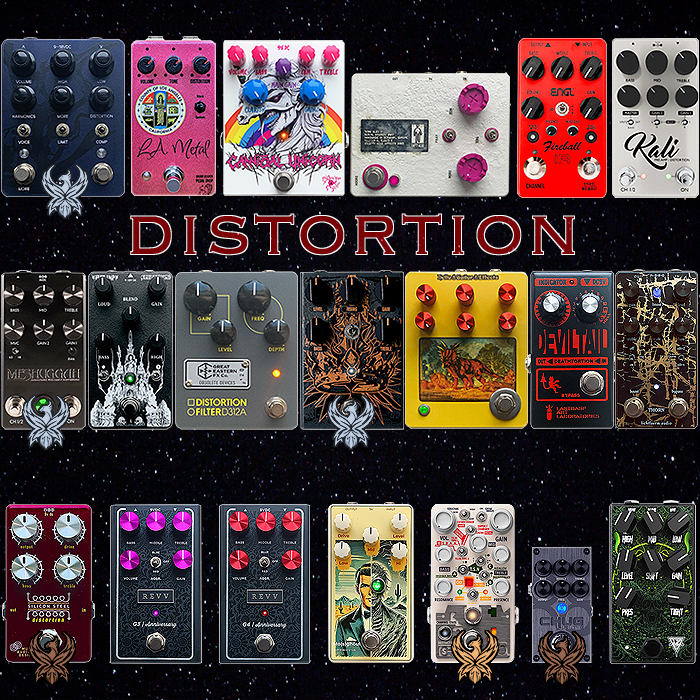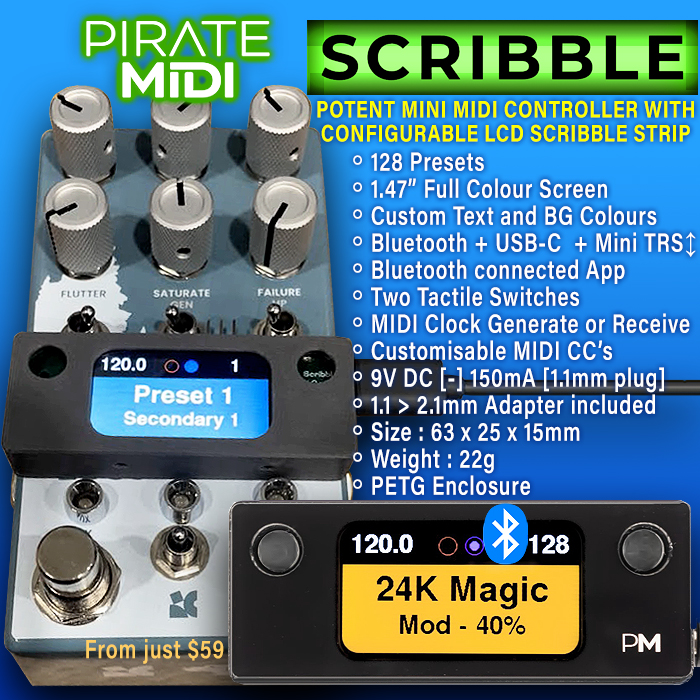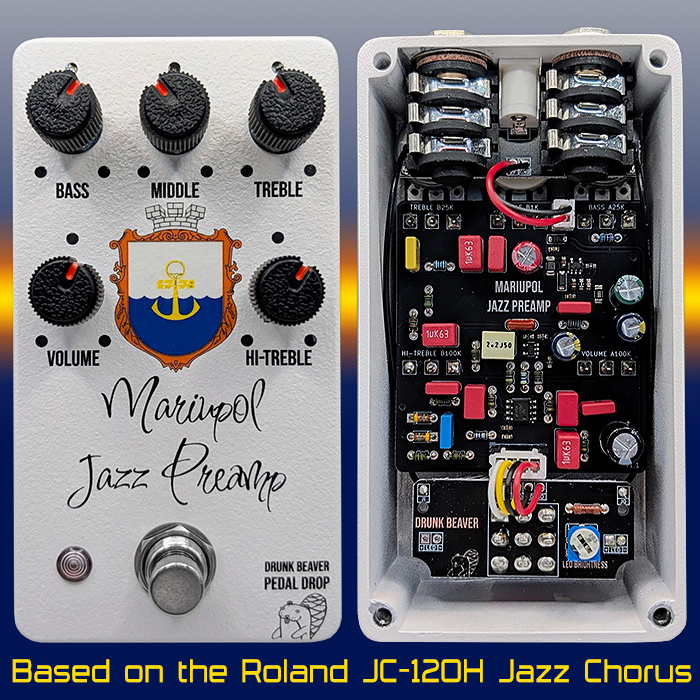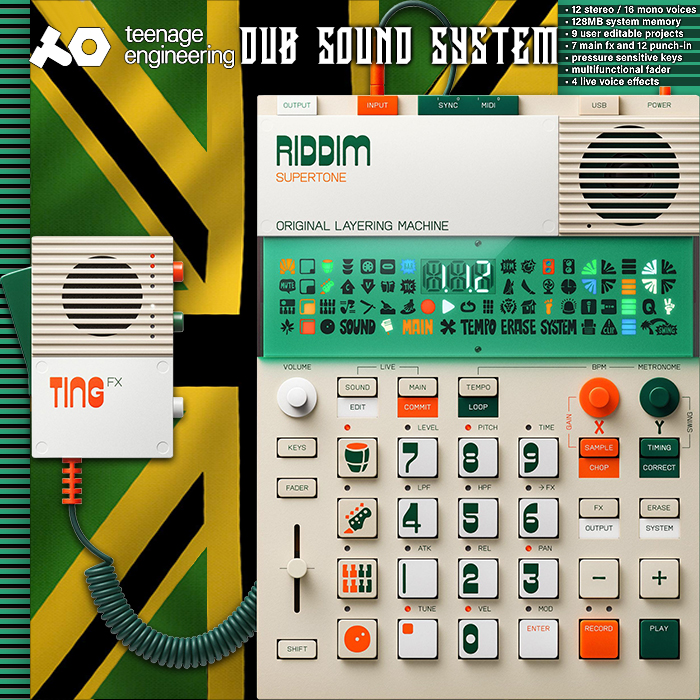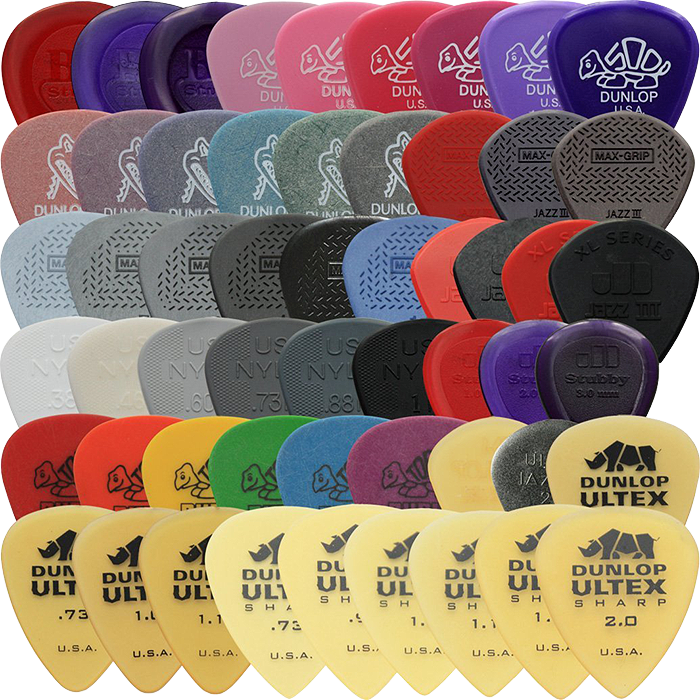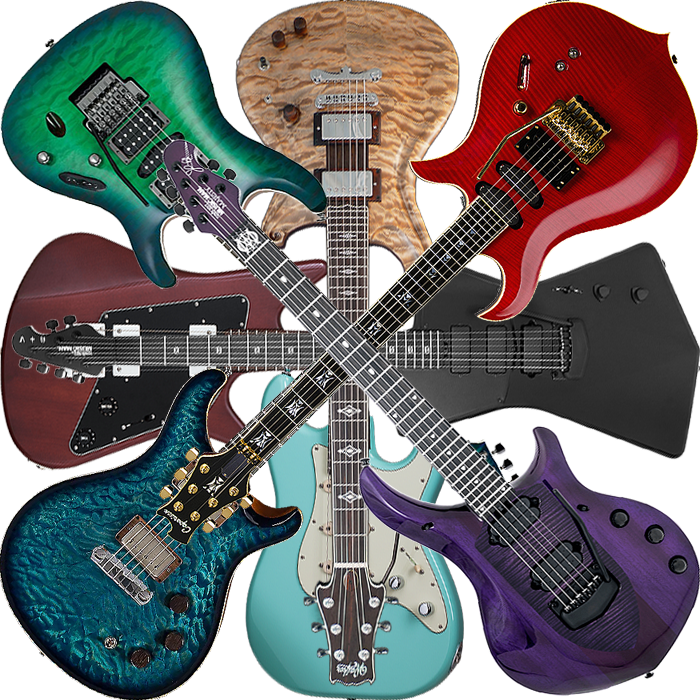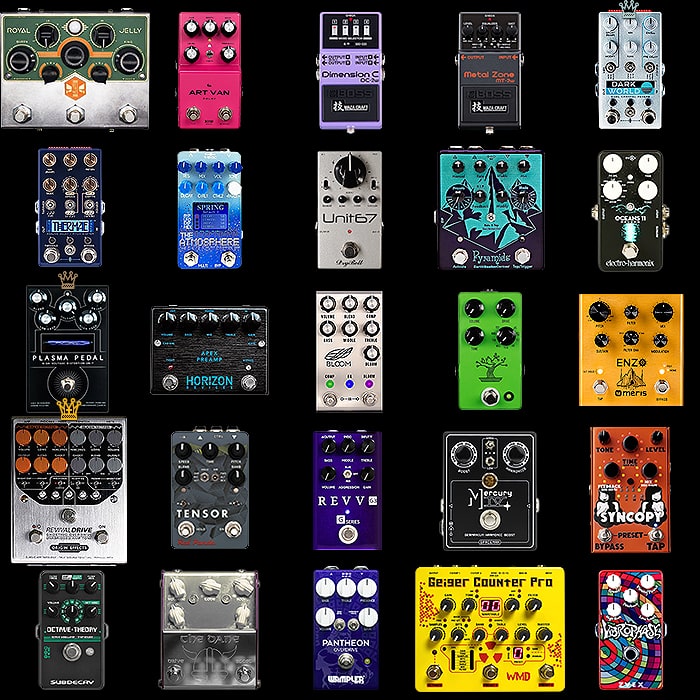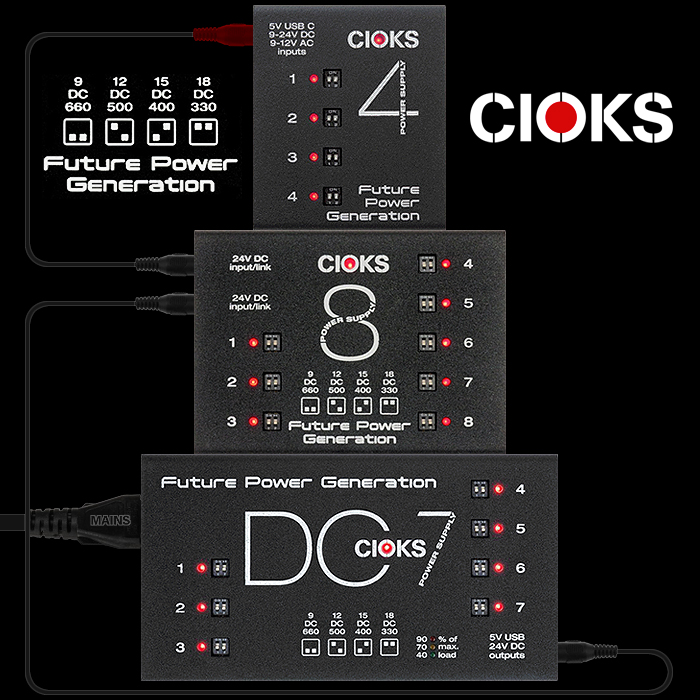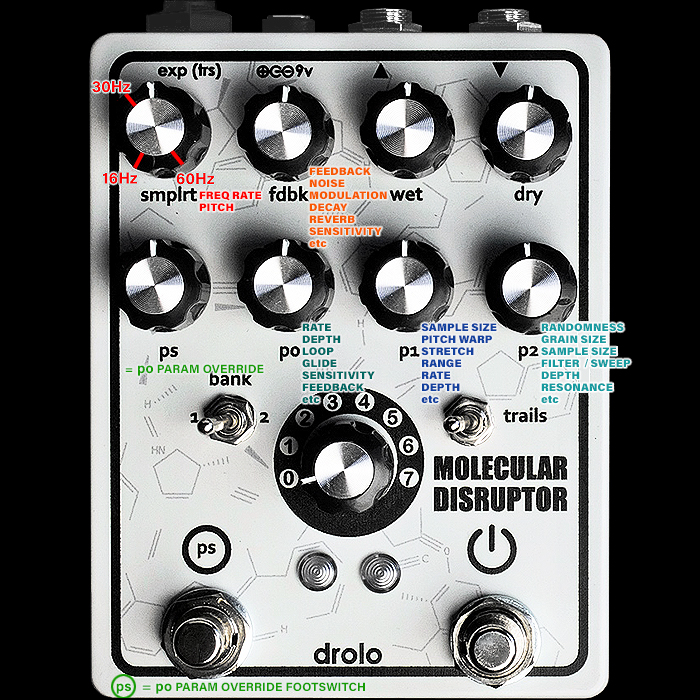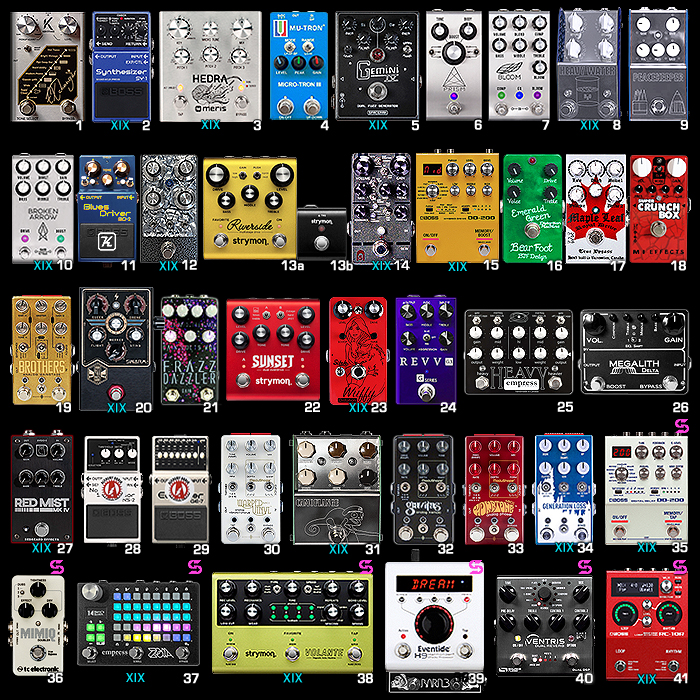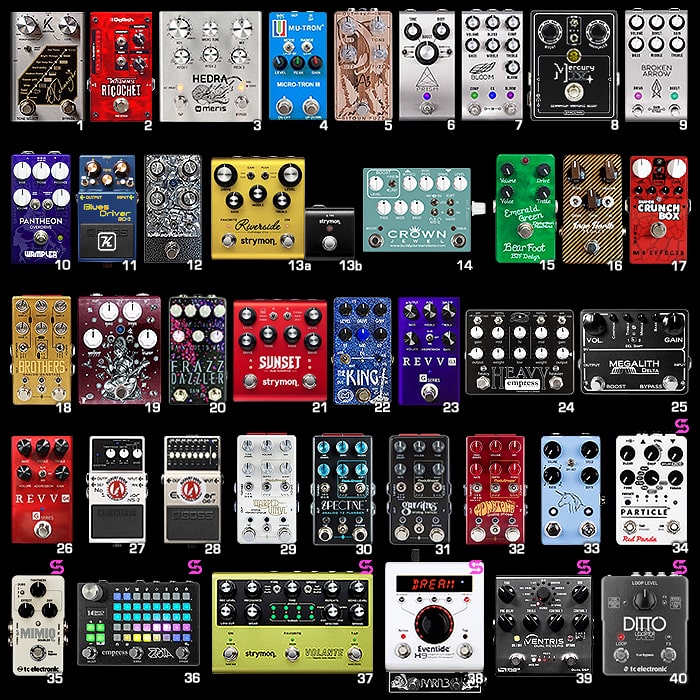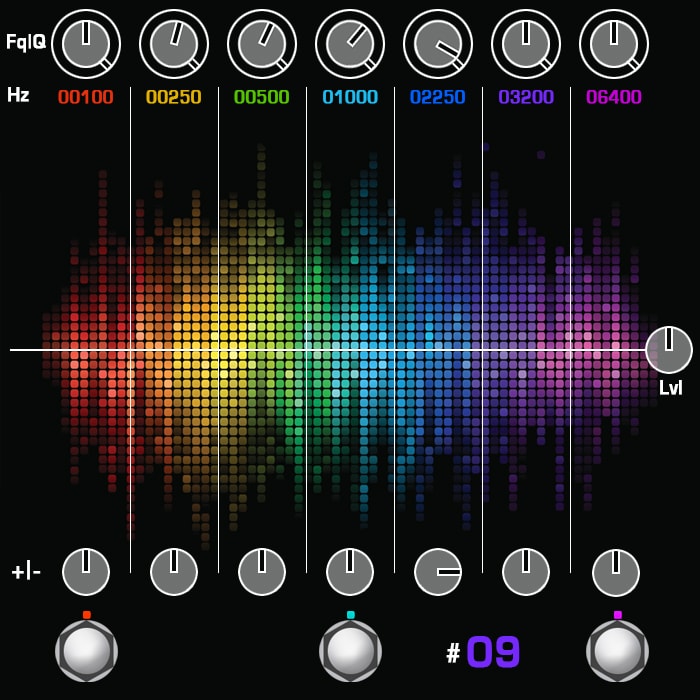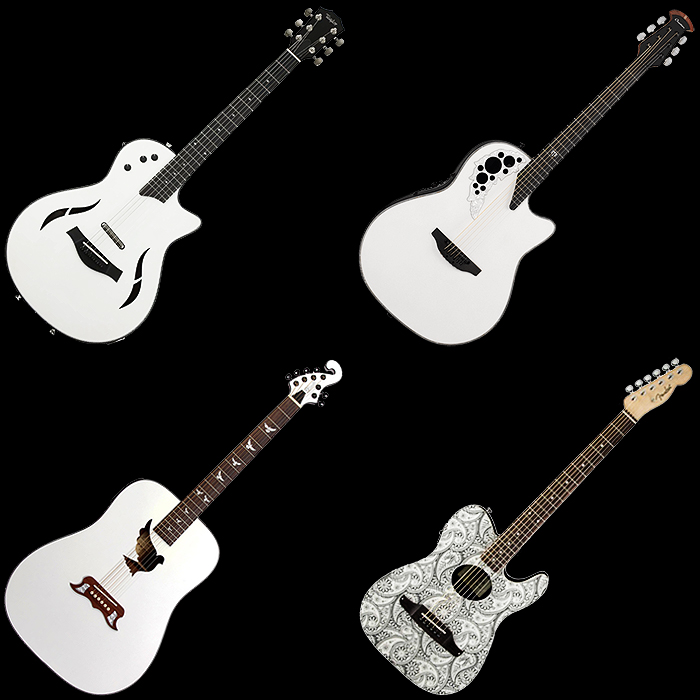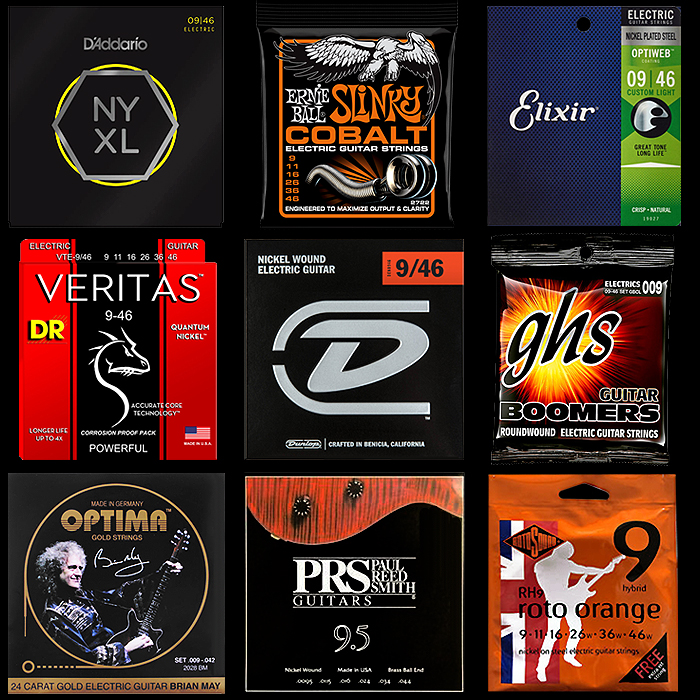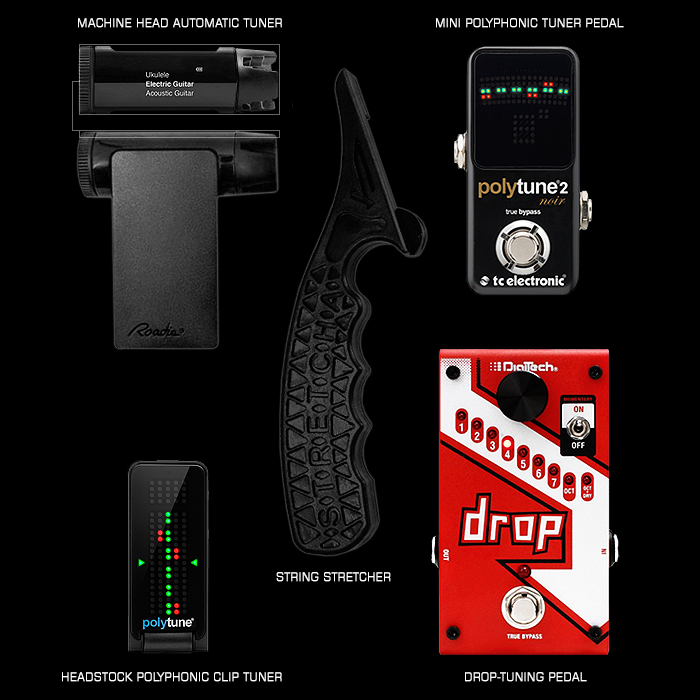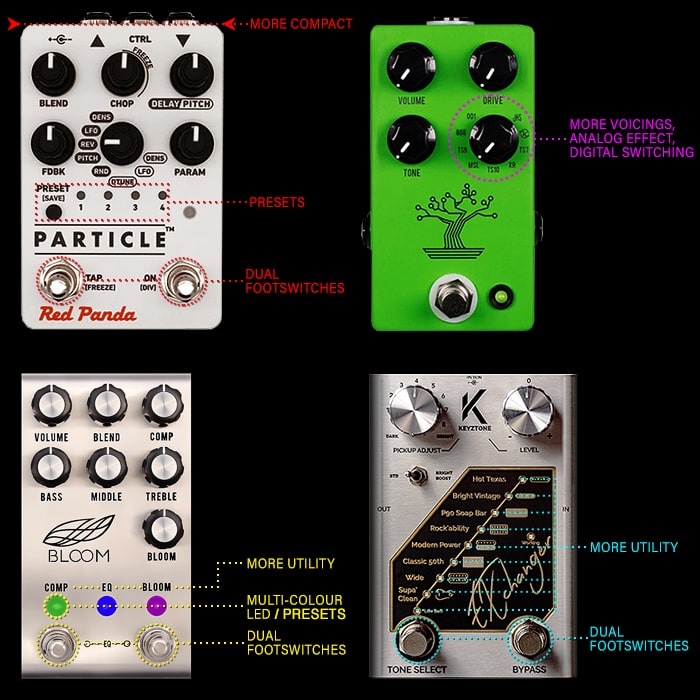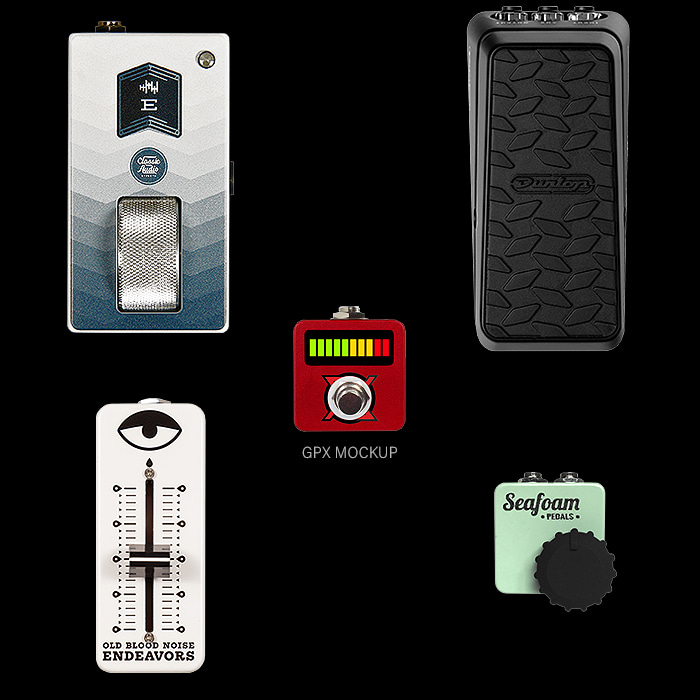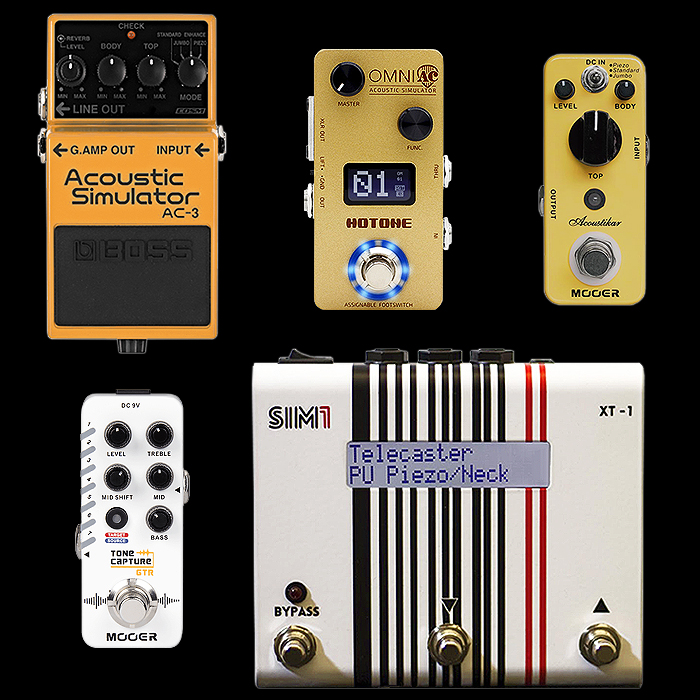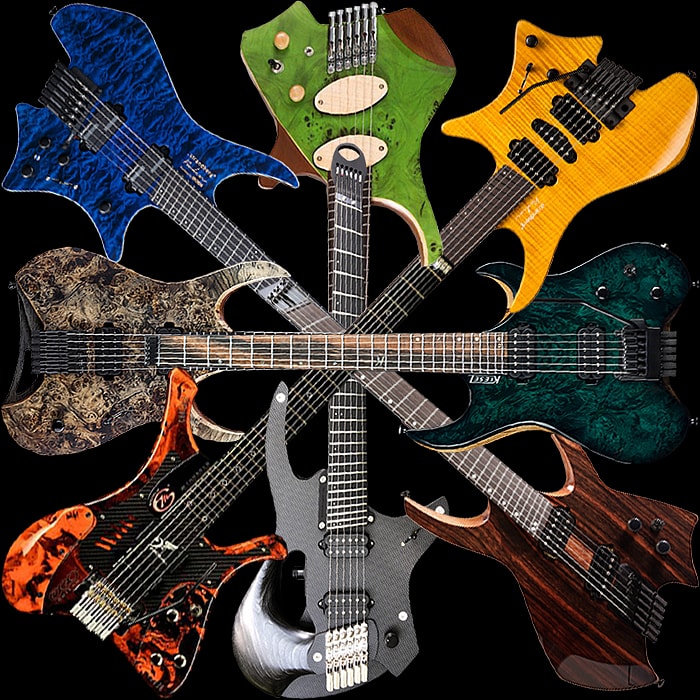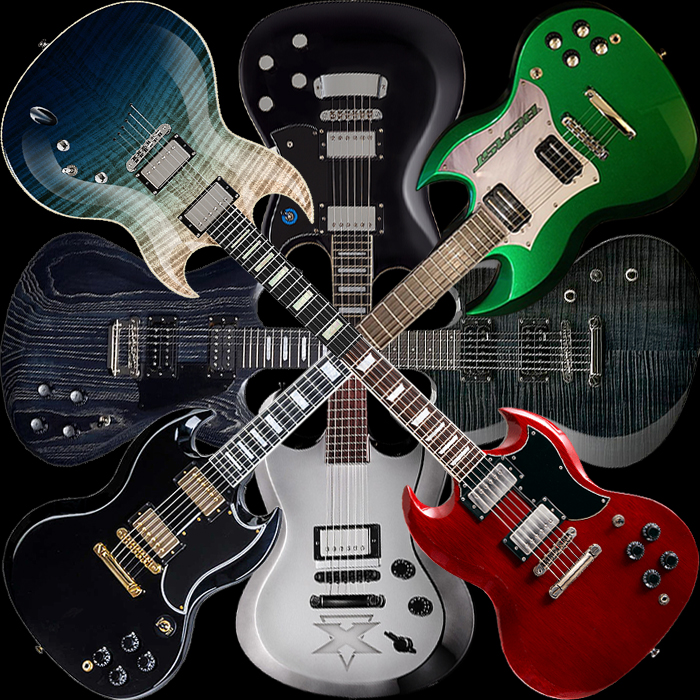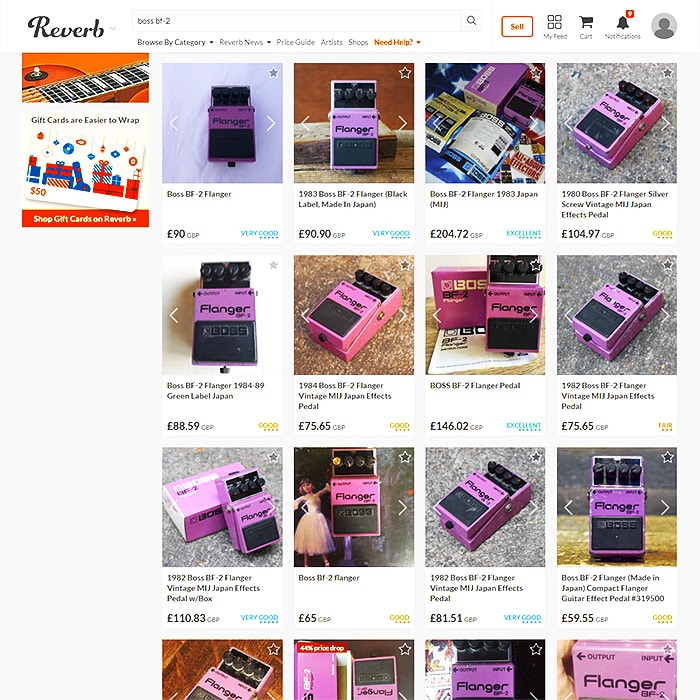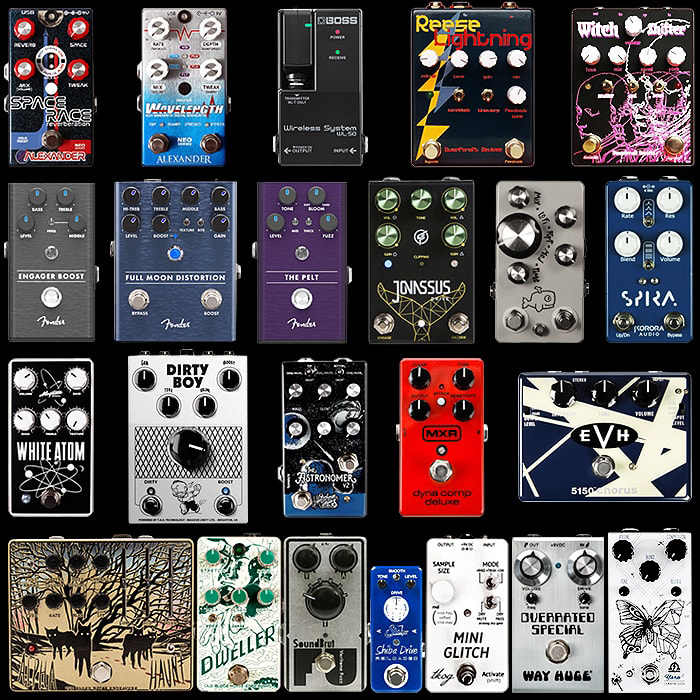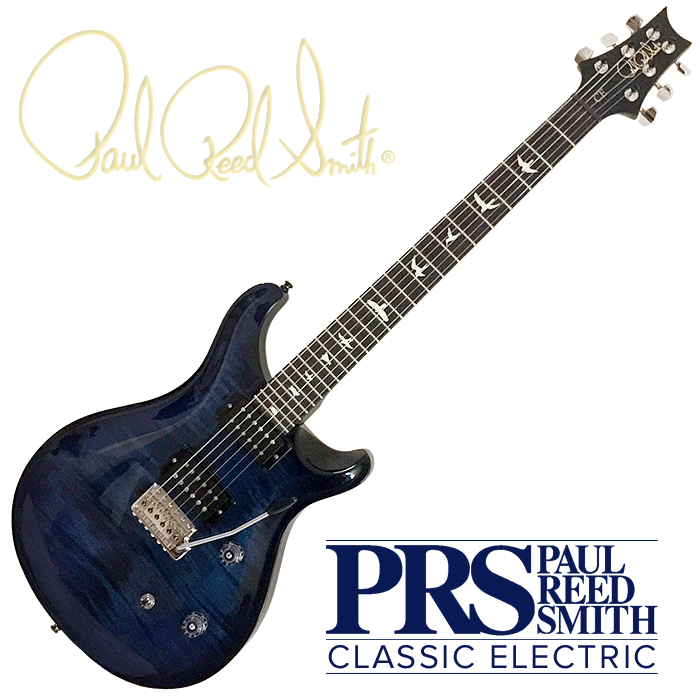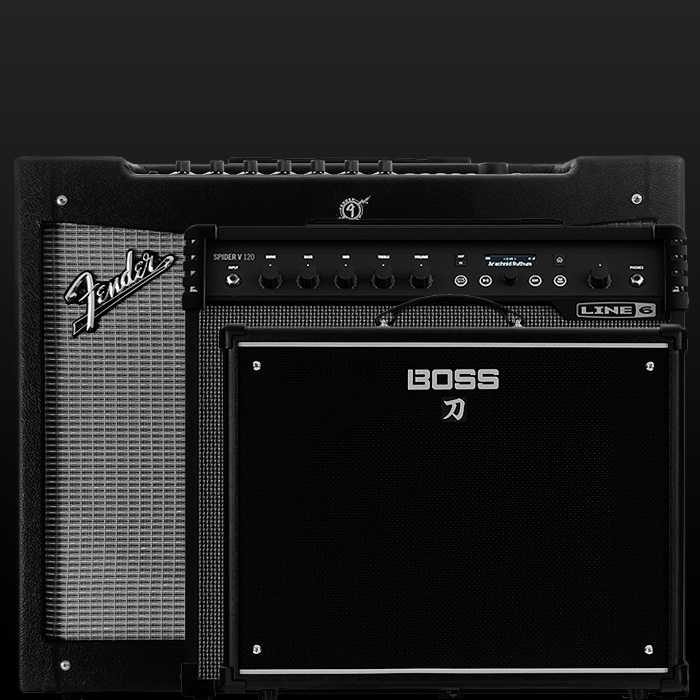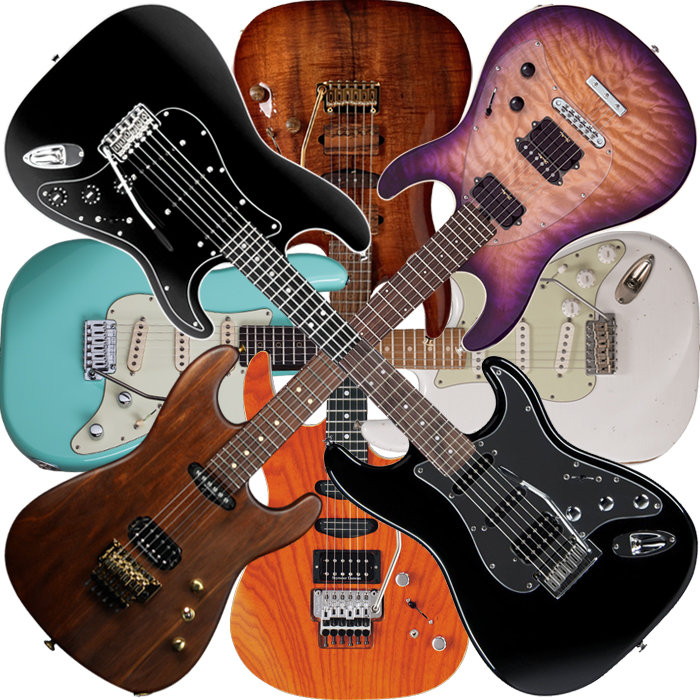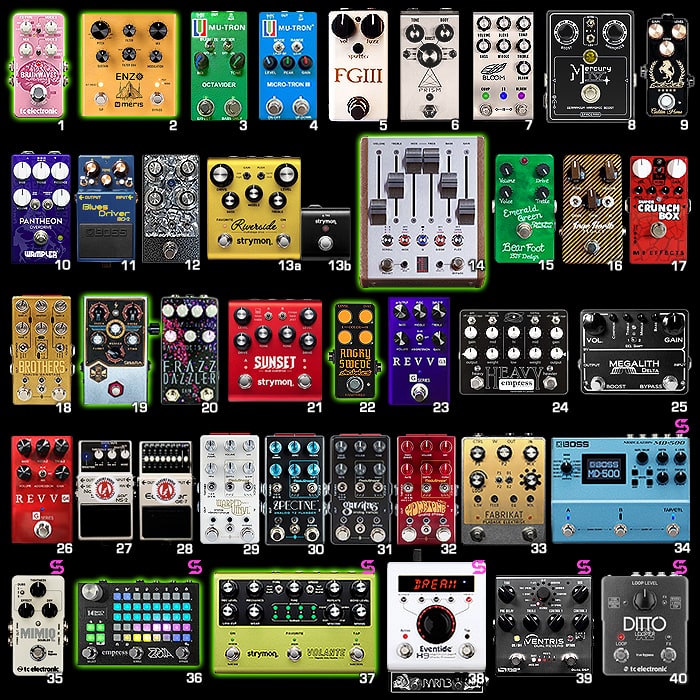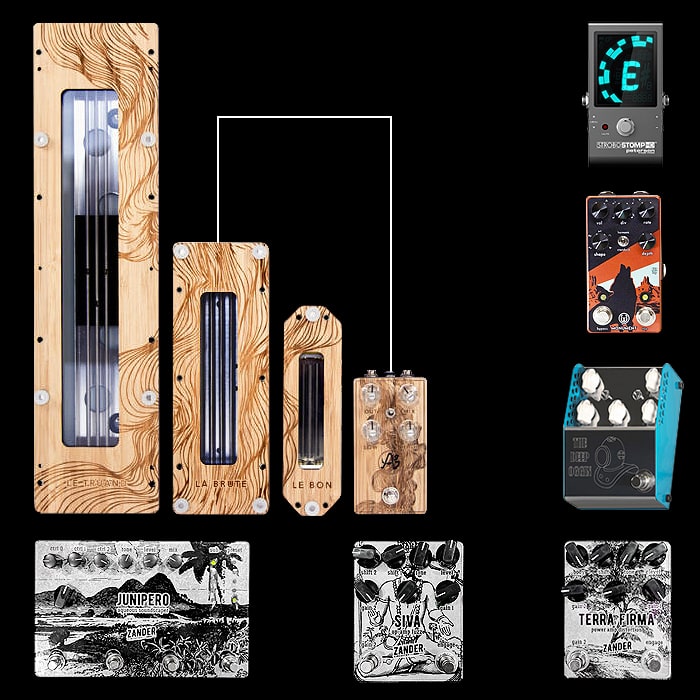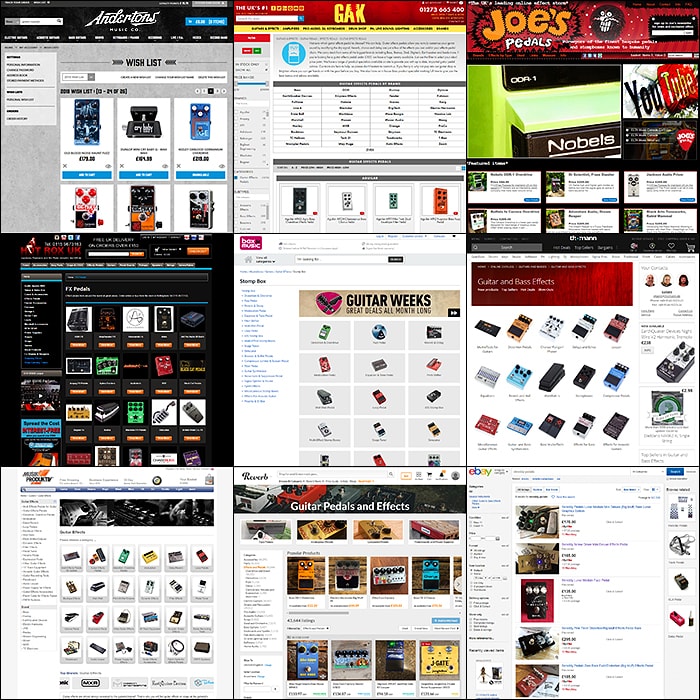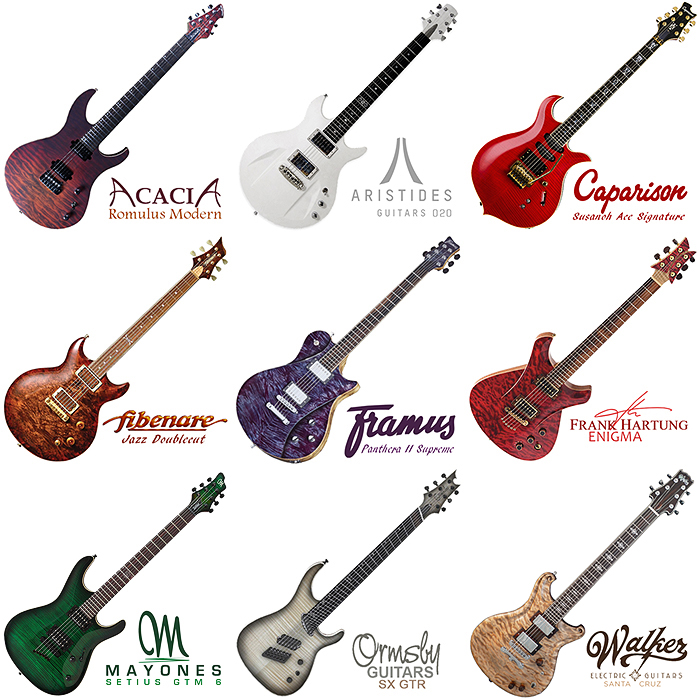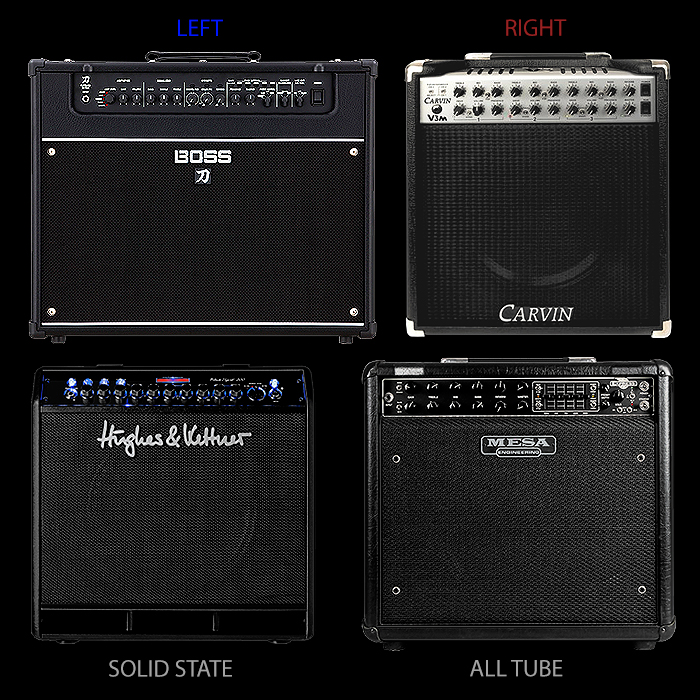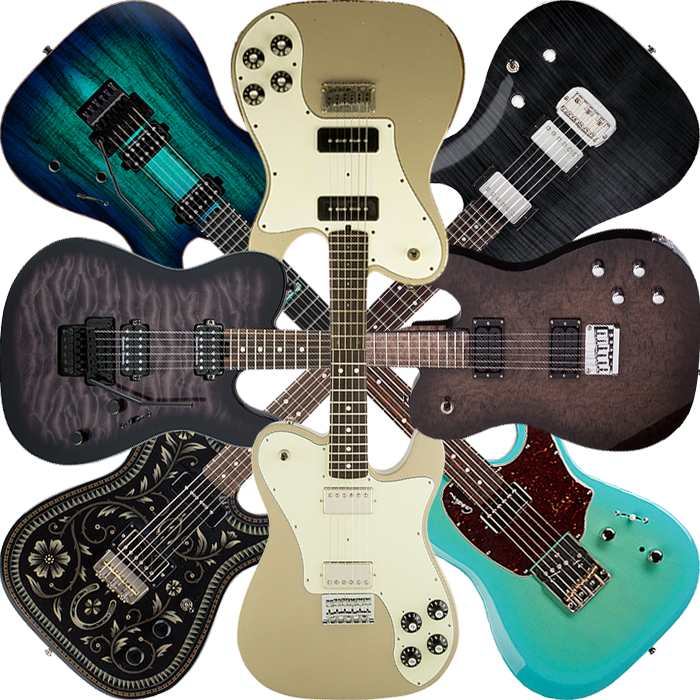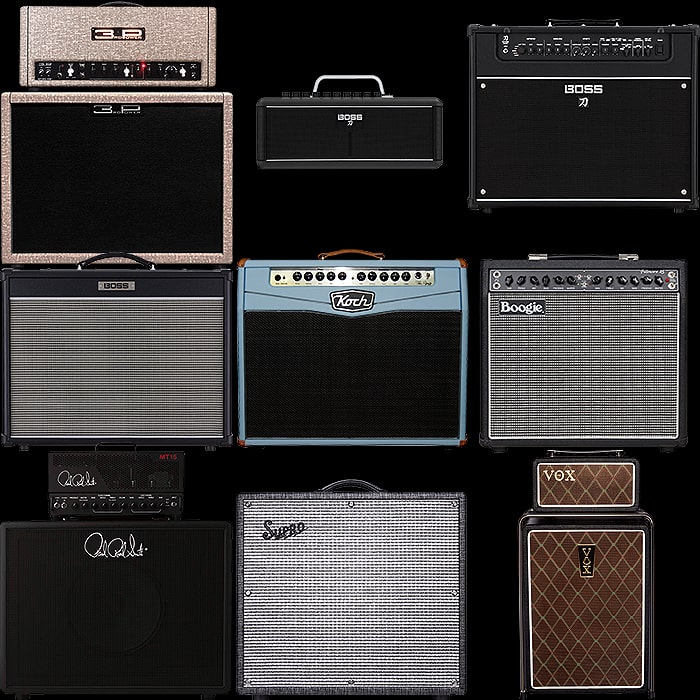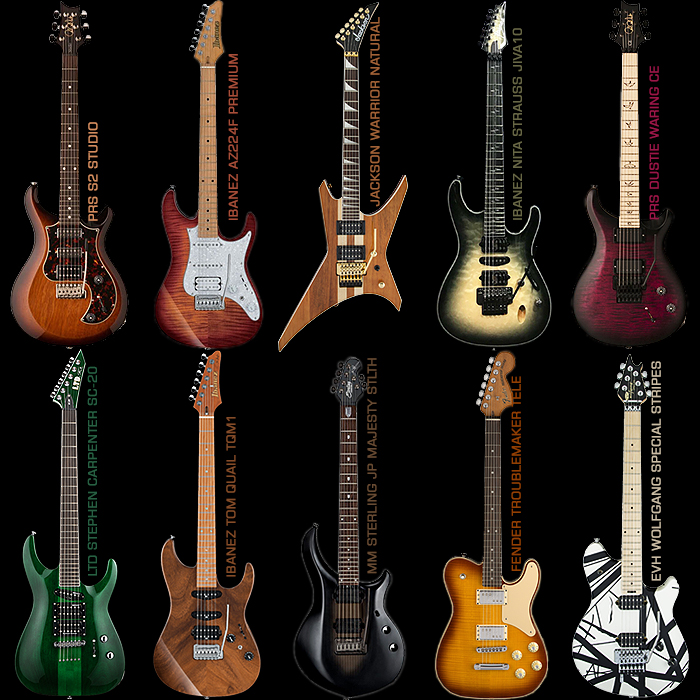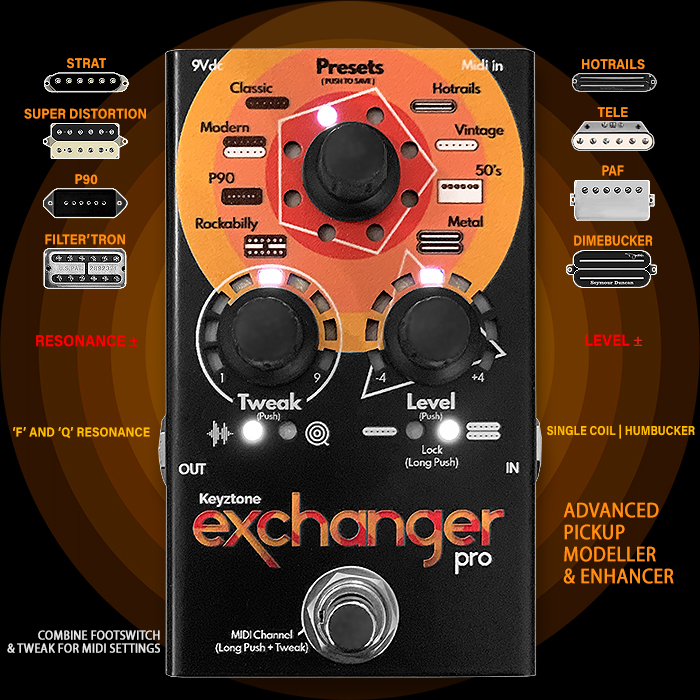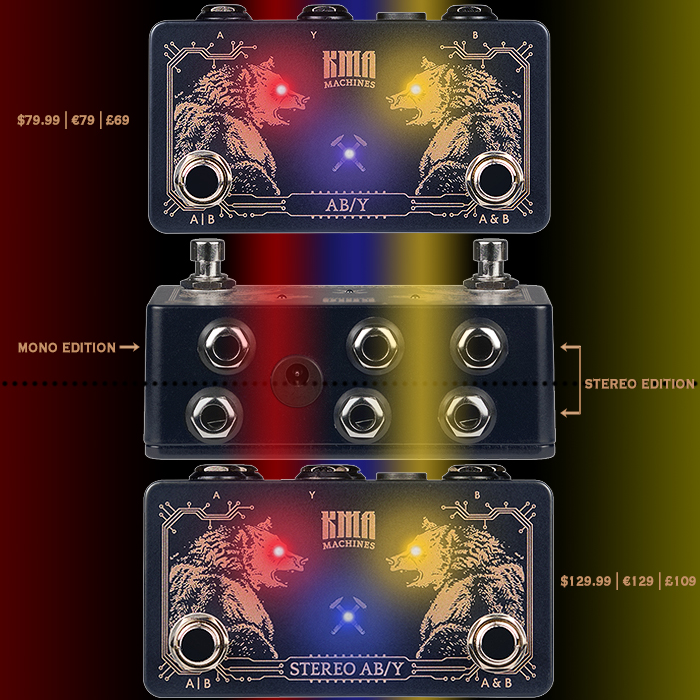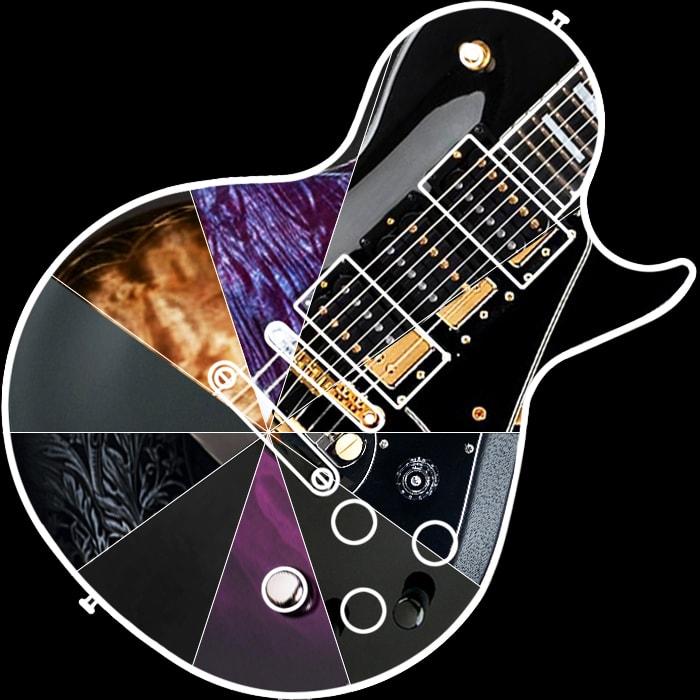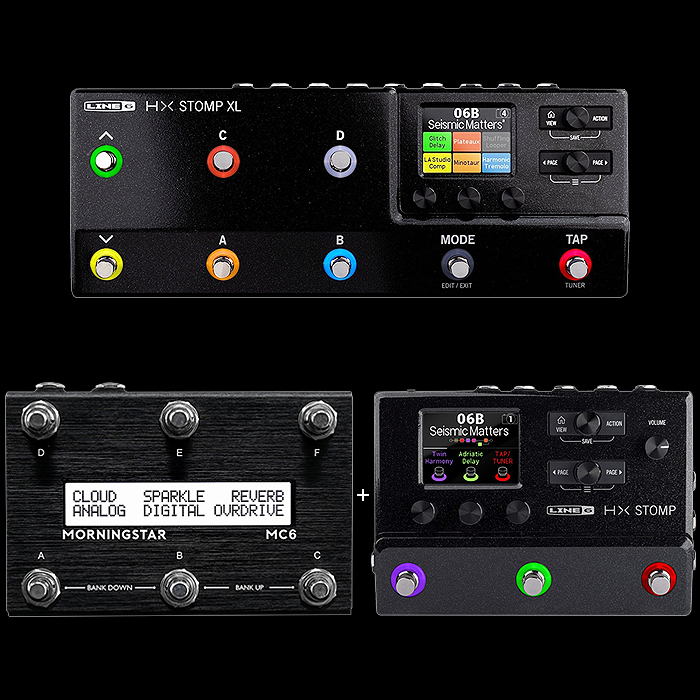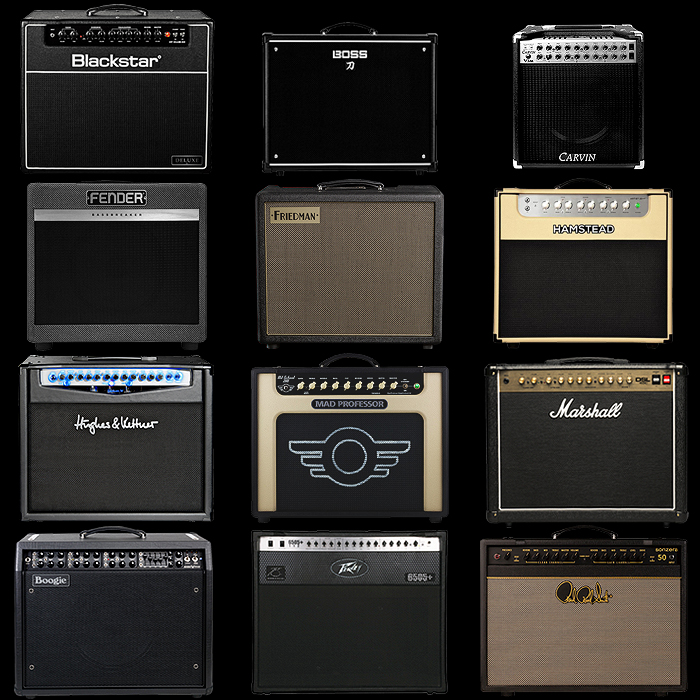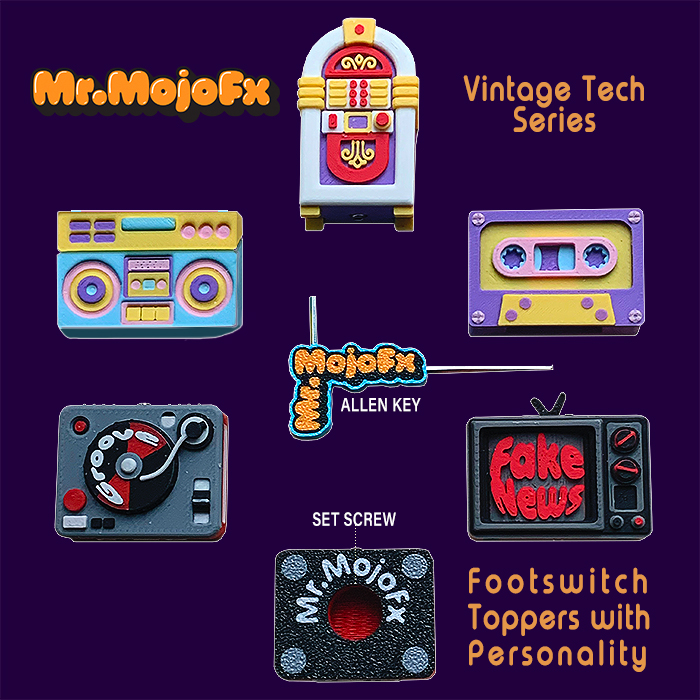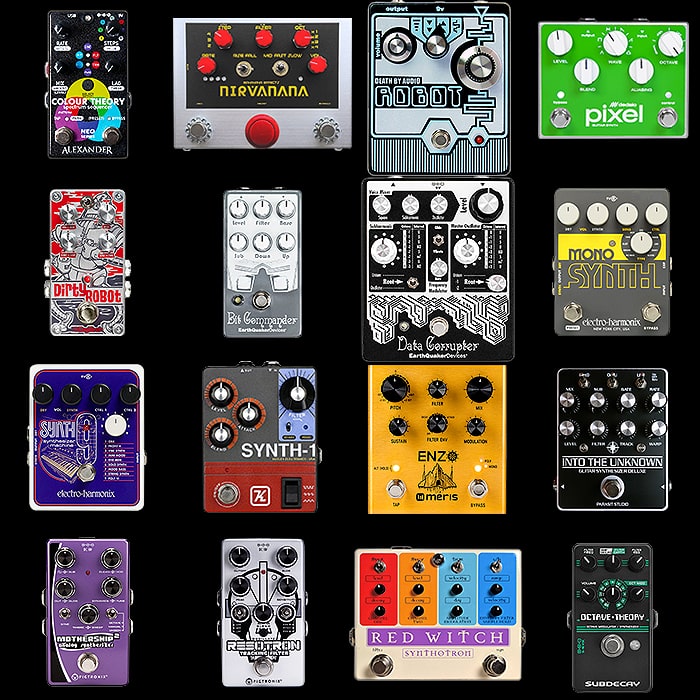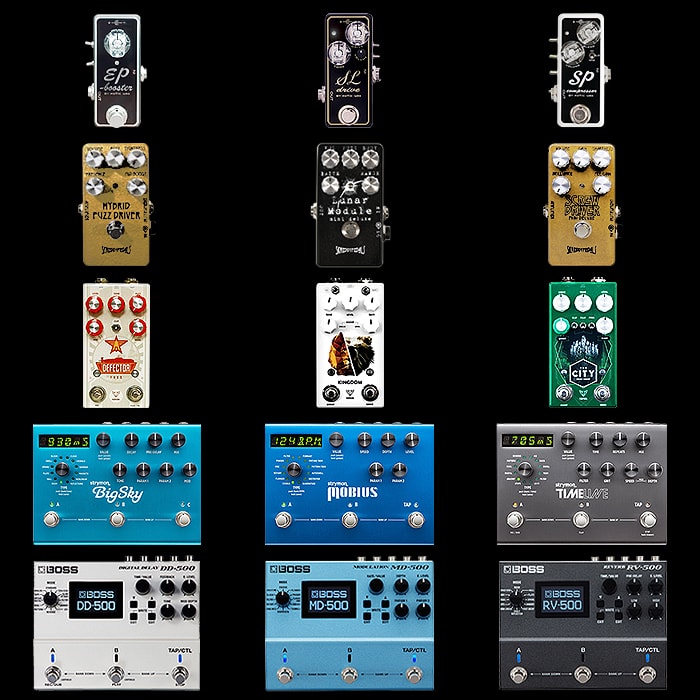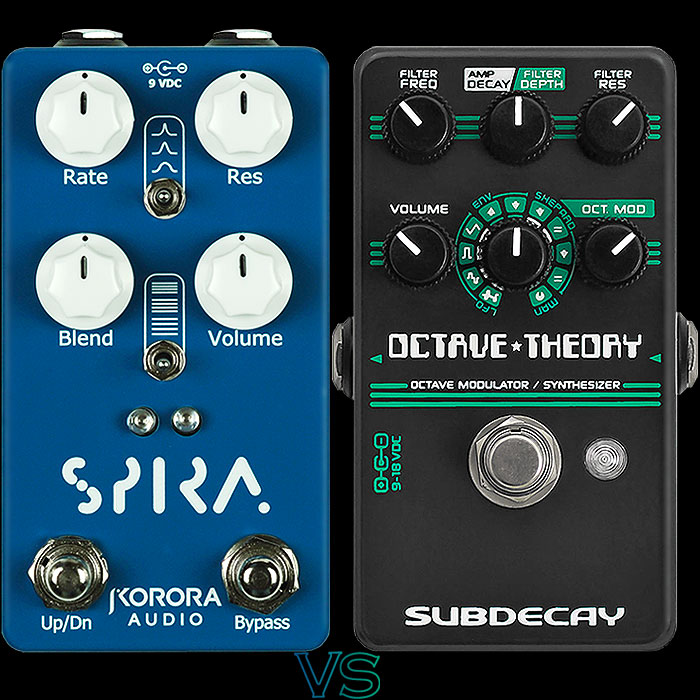Keyztone EXchanger vs SIM1 XT-1 vs Alternatives
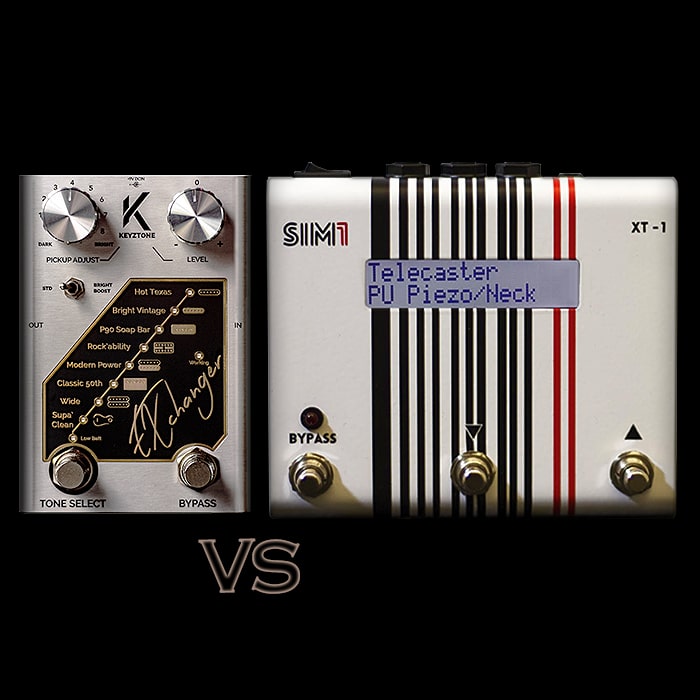
I’ve watched a few demos of the Keyztone EXchanger pedal recently, and it brought to mind a number of different technologies all trying to do the same thing really, and none more similar than the slightly older Sim 1 XT-1. I like the neatness of the Keyztone offering - 8 classic pickup sounds in one rather compact and streamlined pedal. I wonder if 8 is the right number of options as compared to Sim 1 XT-1’s 12 presets, and the 22 different variations available on Line 6 Variax Guitars.
Good Technology is always a mix of capabilities and ease of use - and in that regard I think the Keyztone EXchanger is pretty much spot on - I am also not particularly bothered by exact authentic recreation of a particular year vintage guitar - more interested in the actual overriding flavour and overtones of a reference pickup tone option - so as long as the tonal options are close enough to their originals and distinct enough to be identified - then all is cool with me.
Keyztone is so far unique in referencing solely pickup types, while the others tend to reference more a particular year of guitar model. We then have the Music Man Reflex Game Changer technology and the Fishman Fluence pickups - which give you tonal variation via electronic control of the pickups. The Reflex allows you to totally ’custom-wire’ your pickups programmatically - selecting series/parallel/in-phase/out-of-phase/number of windings tapped and ability to mix up output values of each in combination. While Fishman’s innovative relatively recent-ish Fluence Pickups usually offer up a couple of switchable voices onboard an individual pickup - so an either or as such.
Overall I don’t feel anyone has totally cracked this one yet, and some of these methods are a little too complex for the most part - so ease of adaptions is a key factor here. Of course for proper simulation of different pickup types you need a little more than just straight-up EQ - or you may as well just use an advanced EQ pedal. My own preference would probably be to have this sort of thing onboard on the guitar - like the Line 6 Variax - where you can simply switch it off if you don’t want it, and just use the ’standard’ pickup outputs. But then I feel that pickups should be quite a bit more advanced than where the Fishman Fluence has got to.
Considering the typical pickups are largely unchanged for 60-70 years now, it’s about time we had a better way of doing things - combining the best of analogue characteristics with digital manipulation. I’m not sure I need to have a separate pedal on my board for just this purpose - I play a PRS CE 24 for a reason - flexibility of sounds / coil-tap etc. And I would really like to have the variability largely built into the guitar - in the same way that John Petrucci has all his core sounds onboard his signature Music Man guitars - by combining piezo and conventional pickups.
That said - I do feel that both the Keyztone EXchanger and Sim 1 XT-1 are cool innovations and nice to have - I’m just not yet convinced I want to have them taking a space on my board!
Keyztone EXchanger Pedal (8 Modes) - £184
A neat and simple-to-use pedal with just two dials - Pickup Adjust and Level, a Bright Boost toggle switch and ByPass and Tone Select footswitches. I'm thinking that the Pickup Adjustment control possibly needs to be broken out to a couple more parameters which are programmatically selectable per Pickup Voicing - also possibly we need both up and down buttons (or similar functionality) for moving between settings - like the Sim 1 XT-1 has. Other than those few tiny niggles I feel that this is a really clever proposition - I would expect V2 to offer a little more flexibility - ability to add further voicings etc.
8 Included Modes:
- Hot Texas (Fender Classic 1959 SRV Strat Single Coil)
- Bright Vintage (Fender Classic 1950 Tele Single Coil)
- P90 (Gibson 1946 P90 soap bar Single Coil)
- Rockability (Gretsch 1957 Filter'Tron Humbucker)
- Modern Power (1972 DiMarzio Super Distortion High Output Humbucker)
- Classic 50th (Gibson 1962 Seth Lover PAF Humbucker)
- Wide Range (Fender 1971 Seth Lover Wide Range Humbucker)
- Supa'Clean (Piezo)
Sim 1 XT-1 Pedal (12 Modes) - €700
This kind of predates the EXchanger by a couple of years and does things very slightly differently - but is reliant on external inputs and menus over more straight-up analogue-like hands-on-dials functionality. There are things I like about each of the XT-1 and the EXchanger - I like the fact that you can easily move up and down your presets, and that the library of tones is fully expandable. I do though bemoan the lack of surface dials / controls - this is also a sort of V1, and I think lessons will be learnt and more ergonomic adjustments made to any forthcoming updated versions.
12 Default Presets:
- Musicman Axis - neck, middle, bridge (1990 Custom EVH DiMarzio High Output Humbuckers)
- Fender Stratocaster - neck, middle, bridge (1954 Fender Single Coils)
- Fender Mustang - next, middle, bridge (1964 Fender Single Coils)
- Martin D35 - mic'd
- Gibson 335 - neck, middle, bridge (1958 Gibson Humbuckers)
- Bendetto Bambino Archtop - neck (1968 Bendetto Archtop Humbucker)
- PRS Santana - neck, middle, bridge (1995 PRS Santana Humbuckers) Initially Seymour Duncan Distortions
- Gibson 175 - neck, middle, bridge (1949 Gibson Archtop Humbuckers)
- Gibson SG 1974 - neck, middle, bridge (1974 Gibson Humbuckers)
- Gibson J200 - mic'd
- Gibson Les Paul - neck, middle, bridge (1962 Gibson Seth Lover PAF Humbuckers)
- Fender Telecaster 1964 - neck, middle, bridge (1964 Telecaster Single Coils)
Line 6 Variax (22 Modes) [Line6 Variax Shuriken SR250] - £1,420
I feel that this - i.e. Line 6 kind of started the trend for this sort of technology - although I may be overlooking something older still. In any case I have had my eye on the Line 6 Variax guitars for a while - particularly the Shuriken type as used by Frogleap band members Leo Moracchioli and Rabea Massaad. Those guitars not only have a dedicated voicing dial which can deliver 22 different guitar / stringed instrument tones - but also a further dial which controls 11 different tuning modes - including Baritone. I feel that some refinement of this system is probably the ideal format for these sorts of things - which really means getting onboard with the whole Line 6 Helix thing too - which has me somewhat conflicted as I really like the look of Fractal Audio's Axe-FX!
Note that you have 12 modes on the main type dial - but for say Acoustic and Reso - the 5-way blade switch access different options within each - as below:
10 Option Mode dial - with further modes accessed via guitar's 5-way blade:
- T-Model (1960 Fender Telecaster Custom - Single Coils)
- Spank (1959 Fender Stratocaster - Single Coils)
- Lester (1959 Gibson Les Paul Standard - Humbuckers)
- Special (1976 Gibson Firebird V - Humbuckes)
- R-Billy (1959 Gretsch 6120 / 1956 Gretsch Duo Jet - Filter'Tron Humbuckers)
- Chime (1966 Rickenbacker 370 / 370-12 - Single Coils)
- Semi (1961 Gibson ES-335 / 1964 Epiphone Casino - HUmbuckers)
- Jazzbox (1954 Gibson ES-175 / 1953 Gibson Super 400 - Humbuckers)
- Acoustic (1959 Martin D28 / 1970 Martin D12-28 / 1967 Martin O-18 / 1966 Guild F212 / 1995 Gibson J-200)
- Reso (1935 Dobro Model 32 / Coral Sitar / 1965 Danelectro 3021 / Gibson Mastertone Banjo / 1928 National Tricone)
Custom 1 & 2 allow you select various of the above mode - per following defaults:
- Custom 1 - Acoustic 5, Reso 4, Acoustic 4, Reso 2, Reso 1
- Custom 2 - Lester 1, R-Billy 2, Chime 3, Spank 4, Semi 4
Music Man Reflex Game Changer Guitar (Chambered Basswood Axis) - £2,848 down from £3,968
Based on the EVH Axis style guitar with a chambered basswood body and really really clever internal wiring - which allows you to control those DiMarzio-made pickups to the nth degree. Essentially you can programmatically - via dedicated computer app / lead - change the wiring and pickup combination / interaction any which way you want to.
The programme allows you to select your wiring route - serial or parallel, in-phase or out-of-phase, how much of the coil winding you wish to use and at what relative output! You then have the standard 5-way Blade and 3-way toggle (actually up/down sub-mode) on the guitar's wing to select any combination of the presets you have 'programmed'.
Systematically this is genius, but there were few takers seemingly and it looks like this has been mostly moth-balled for now. I think these sorts of technologies really need bluetooth app-based support. That's one thing for instance which saves the otherwise rather clunky / unusable surface controls of the Eventide H9 for instance.
I feel that this technology will be evolved, updated and simplified and combined with the sort of thing that Fishman is doing with its Fluence pickups. I eagerly await round 2!
Fishman Fluence Pickups - £200-£300 per Pair
This is the first genuinely major innovation in pickups for nearly 70 years - where the whole core mechanism - wound copper coils, pole-pieces etc. has been swapped out for a far more modern electronic circuitboard approach. The latter gives you better signal fidelity as far as much more refined control of that signal.
To date though the Fluence Pickups really only offer 2 flavours per pickup - with the secondary mode activated via push-pull volume/tone dial or separate toggle switch. I feel this technology is really in its infancy though and a lot more could be done with this type of format.
I seen to reason why you could not embed multiple wiring circuits within the one pickup - which you can then switch in a similar style to the Line 6 Variax.
Final Thoughts
I guess of all the existing technologies that do the pickup / guitar voicing change - the Keyztone EXchanger probably stands the best chance of success as it is an entirely stand-alone solution - i.e. does not need further computer input or configuration or need to be used in combination with special instruments or base-stations. It does though have some notable weaknesses - whether those are significant only time will tell I suppose. It is also notably the most cost-effective option by some distance.
I'm still somewhat conflicted as to which direction I should take here - but feel strongly that eventually this sort of technology should be onboard your one favourite guitar that can deliver most any kind of tone you might want.
For right now to get a flavour of this sort of thing I would probably consider getting the EXchanger - it's just a little more accessible and palatable than all these other choices - although all of these have a significant distance to go to become essential tools.

